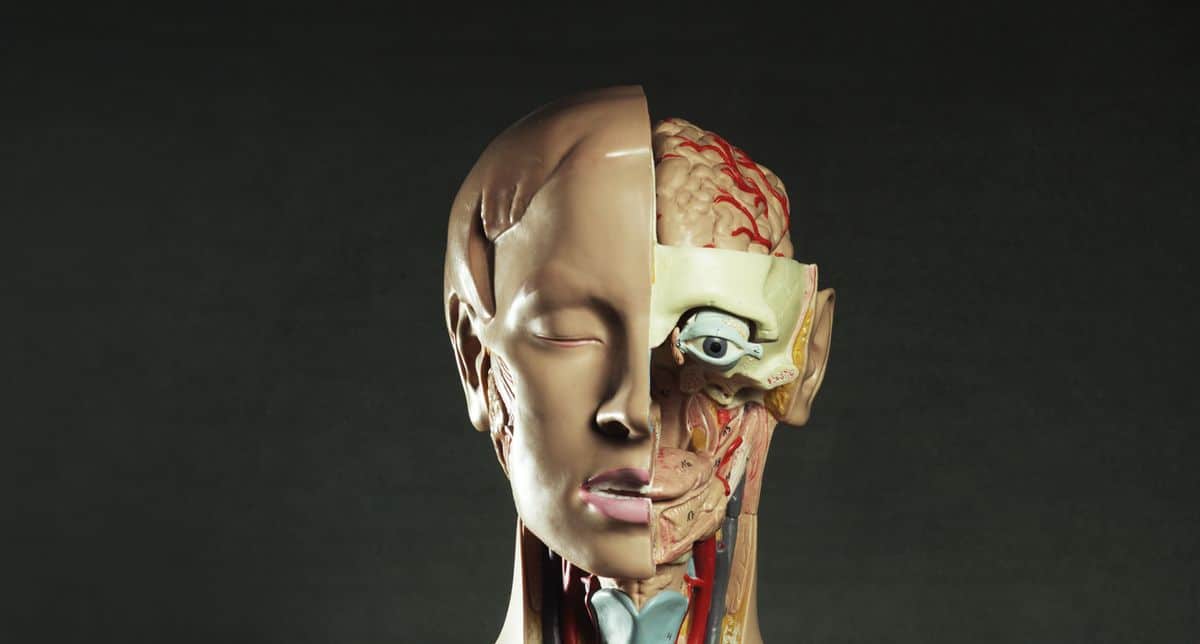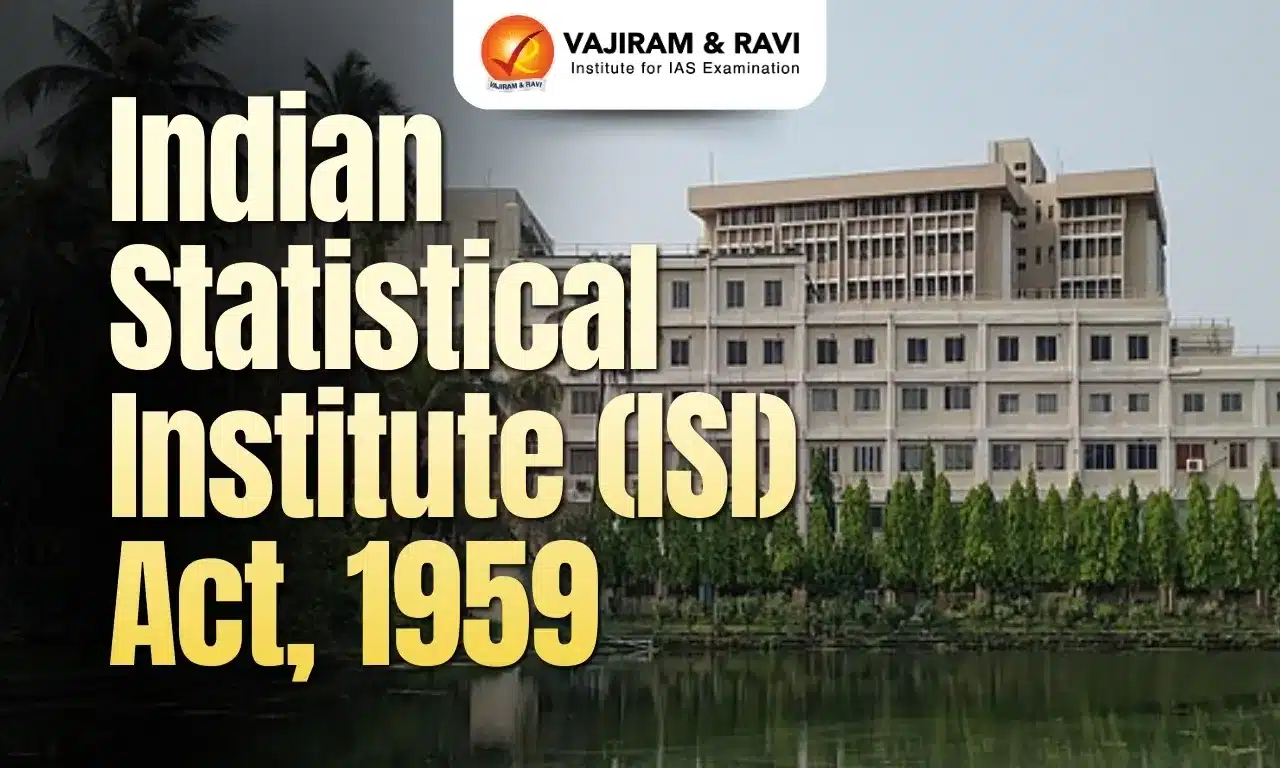What is an Organoid?
- Organoids are lab-grown tissues that resemble organs.
- They are three-dimensional structures usually derived from stem cells.
- They are smaller, simpler versions of an organ and can mimic the architecture and function of specific organs in the body.
- They can be crafted to replicate much of the complexity of an organ or to express selected aspects of it, like producing only certain types of cells.
- Organoids can range in size from less than the width of a hair to five millimeters.
What is meant by ‘Organoid Intelligence’?
- It refers to the ability of organoids to exhibit certain behaviors or responses that are indicative of intelligence, such as problem-solving, learning, or adapting to changing environments.
- It is an emerging field where researchers are developing biological computing using 3D cultures of human brain cells (brain organoids) and brain-machine interface technologies.
- These organoids share aspects of brain structure and function that play a key role in cognitive functions like learning and memory.
- They would essentially serve as biological hardware and could one day be even more efficient than current computers running AI programs.
- OI requires scaling up current brain organoids into complex, durable 3D structures enriched with cells and genes associated with learning and connecting these to next-generation input and output devices and AI/machine learning systems.
- OI requires new models, algorithms, and interface technologies to communicate with brain organoids, understand how they learn and compute, and process and store the massive amounts of data they will generate.
What are Biocomputers?
- They are a type of computer that use biological molecules, such as DNA or proteins, to perform computational tasks.
- These computers can perform certain operations much faster than traditional electronic computers and have the potential to revolutionize fields such as medicine and biotechnology.
- One type of biocomputer is a DNA computer, which uses strands of DNA to store and process information.
Q1) What are stem cells?
Stem cells are special human cells that are able to develop into many different cell types. This can range from muscle cells to brain cells. In some cases, they can also fix damaged tissues.
Source: Explained | What are ‘bio-computers’ and what can they tell us about the human brain?
Last updated on November, 2025
→ Check out the latest UPSC Syllabus 2026 here.
→ Join Vajiram & Ravi’s Interview Guidance Programme for expert help to crack your final UPSC stage.
→ UPSC Mains Result 2025 is now out.
→ UPSC Notification 2026 is scheduled to be released on January 14, 2026.
→ UPSC Calendar 2026 is released on 15th May, 2025.
→ The UPSC Vacancy 2025 were released 1129, out of which 979 were for UPSC CSE and remaining 150 are for UPSC IFoS.
→ UPSC Prelims 2026 will be conducted on 24th May, 2026 & UPSC Mains 2026 will be conducted on 21st August 2026.
→ The UPSC Selection Process is of 3 stages-Prelims, Mains and Interview.
→ UPSC Result 2024 is released with latest UPSC Marksheet 2024. Check Now!
→ UPSC Prelims Result 2025 is out now for the CSE held on 25 May 2025.
→ UPSC Toppers List 2024 is released now. Shakti Dubey is UPSC AIR 1 2024 Topper.
→ UPSC Prelims Question Paper 2025 and Unofficial Prelims Answer Key 2025 are available now.
→ UPSC Mains Question Paper 2025 is out for Essay, GS 1, 2, 3 & GS 4.
→ UPSC Mains Indian Language Question Paper 2025 is now out.
→ UPSC Mains Optional Question Paper 2025 is now out.
→ Also check Best IAS Coaching in Delhi

















